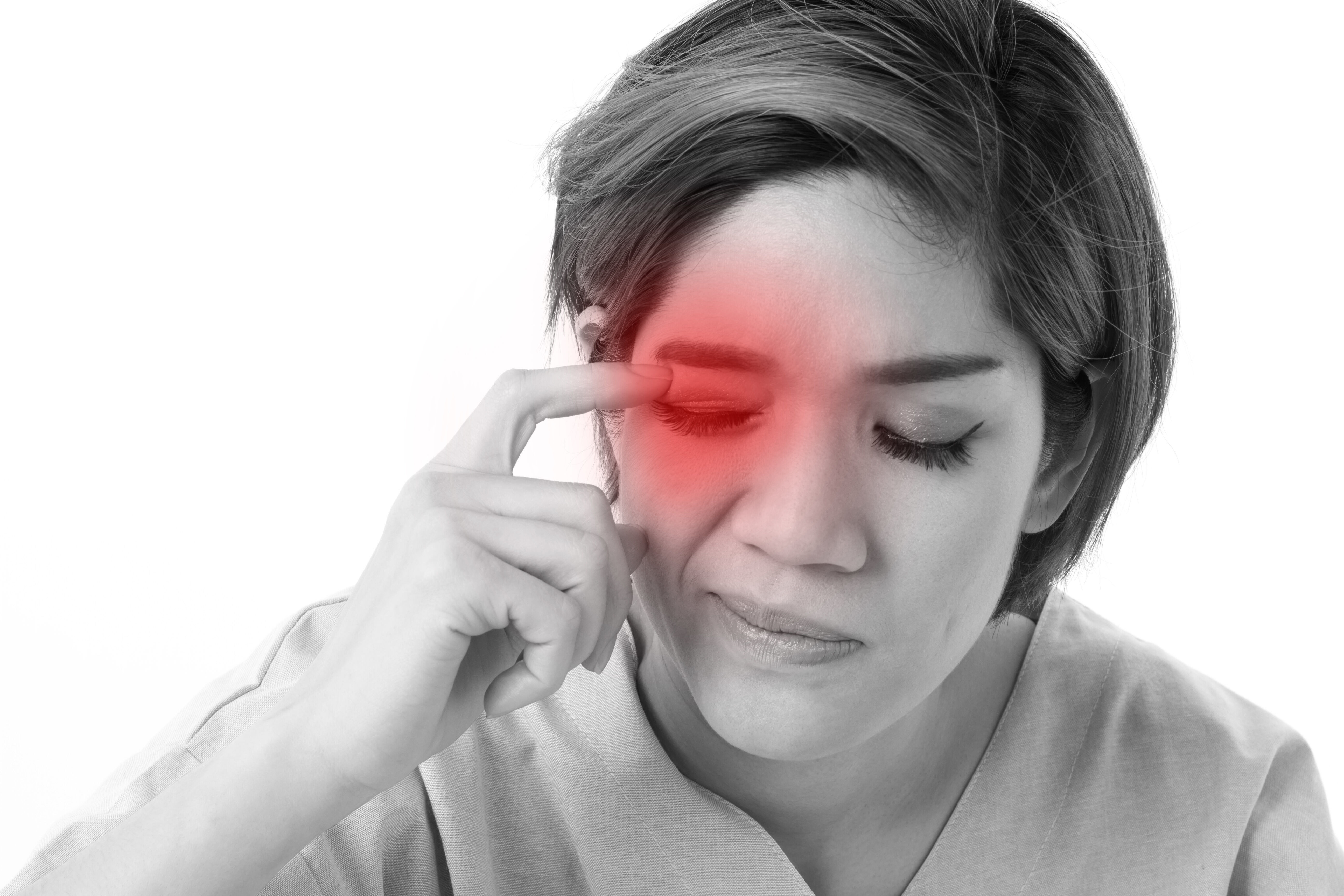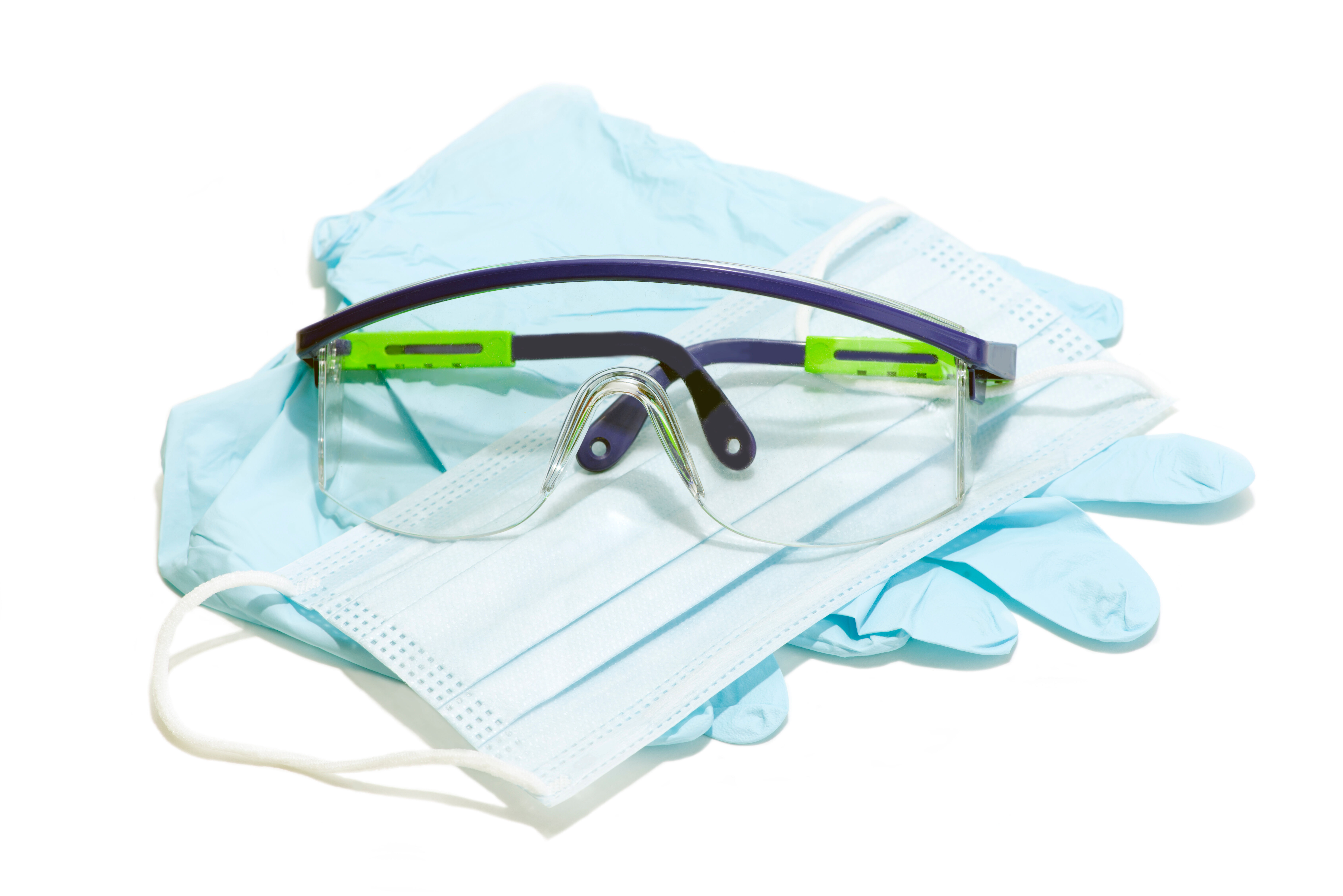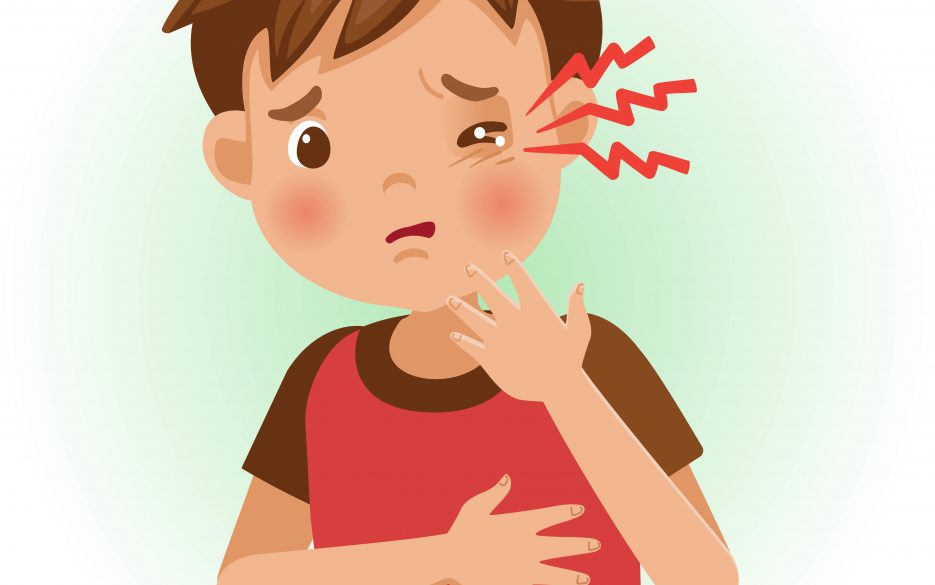Loss of smell and weakening of taste buds are known among significant symptoms of the coronavirus. Recent studies force scientists to include conjunctivitis and COVID eye pain in the list of alarming symptoms. According to various early studies, from 7% to 31.2% of patients complain of ocular problems like coronavirus eye pain accompanying the disease or resulting from complications after suffering COVID-19.
How Can Coronavirus Affect Your Eyes?
When the COVID just began its terrible march across the planet, the scientific community was convinced that the virus is transmitted exclusively via respiratory droplets. Over time, it turned out that it can use the eyes as convenient doors that help it get into the human body. If your eyes are unprotected, and an infected person sneezes or coughs nearby, the likelihood of catching the disease is high. You can also touch an infected object and then rub your eyes with your hand to become infected. In case of contamination through the eyes, the virus enters a favorable environment for itself and causes redness, burning, inflammation, conjunctivitis, tearing, and significant visual impairment. Children under 6-8 years are at risk to infect themselves through the eyes because it is difficult for them to control their actions and take precautions.
Researchers say that SARS-CoV-2 is able to penetrate the cornea, using the TMPRSS2 enzyme to enter the cell.
Is Eye Pain a Symptom of COVID-19?

Until the spring of 2021, there was no scientific research to help understand if COVID-19 eye pain is a real way for the virus to manifest itself. Scientists had to find an answer to the question, “Is eye pain a symptom of the coronavirus or not?.” Now, the scientific community and doctors have already conducted studies on the coronavirus and eye pain problem and concluded the two are related if accompanied by other typical symptoms.
The coronavirus can cause conjunctivitis and blepharitis (inflammation of the edge of the eyelids). Less commonly, patients experience such manifestations as lacrimation, photophobia, blurred vision, or pain behind the eyes. COVID causes much more problems in a month or a little more after patients get negative tests. In 19.2% of cases, the tested patients had significant visual impairment. Tearing was observed in 15.4% of the respondents. Another 14% of the examined participants complained of dry and burning eyes, redness, and itching. One-third of the patients stated that COVID eyes hurt, which is explained by damage to the cornea and inflammation.
The full results of the study are available in the March issue of JAMA Ophthalmology. In turn, the journal Radiology published the results of an independent study in March 2021, which states that 7% of patients experienced eye inflammation or conjunctivitis in addition to the typical symptoms of the coronavirus.
Like the virus itself, most ophthalmic symptoms disappear within 14-21 days from the disease onset.
Eye Care During the COVID-19 Outbreak

No special drops or specific eye care is needed to prevent Corona eye pain and other symptoms. The exception is cases of chronic dry eyes, which require regular use of moisturizing drops. However, always keep the eye medications you regularly use at hand, just in case. Buy them in a month’s supply to avoid going to a pharmacy too often or being left without the necessary drugs at a critical moment.
Bad habits can aggravate existing ophthalmic problems, so it’s better to quit them.
How to Protect Your Eyes from the Coronavirus

It is recommended to wear not only a mask and gloves but also glasses in public places and on the street. This will help to avoid both COVID and eye pain.
Rules for Doctors: How to Protect Yourself from Eye Pain with COVID?
The CDC advises physicians to wear protective glasses while seeing patients. This is especially important in areas with moderate to high transmission rates. The CDC also urges that patients should be discouraged from counseling, except when urgent care is needed.
How to Avoid Eye Pain and Coronavirus at the Same Time?
During the COVID-19 outbreak, you can take care of your health in every possible way:
- Wear glasses in public to avoid getting the infection.
- Replace contact lenses with glasses.
- Try not to rub your eyes with your hands. If you need to scratch your eyes or fix your glasses, use a paper towel to do this.
- Follow the instructions of your ophthalmologist if you have concomitant ophthalmic diseases.
Don’t forget about hygiene: wash your hands when you come home; use antiseptics when you are outside.
What to Do if You Have Ophthalmological Symptoms

If you are sick with COVID or have already suffered from it, and you have alarming symptoms, such as eye pain and other coronavirus manifestations, call your ophthalmologist urgently. Don’t self-treat since treatment should be built based on the symptoms and your medical history. In most cases, when ophthalmic symptoms accompany the coronavirus disease, anti-inflammatory drugs, antibiotics, antivirals, and immunity-enhancing drugs are prescribed.
When to See a Doctor?

It is worth contacting a doctor if serious vision problems are observed:
- White spots or blurring appear before the eyes.
- You experience constant burning and red eyes, which can also be accompanied by a headache and nausea.
- You have associated eye infections, retinopathy, or other problems.
Please call your doctor first and describe your symptoms. To admit a patient to a clinic, a doctor will follow a special protocol and safety rules. Some doctors prefer to consult patients via videoconferencing.
